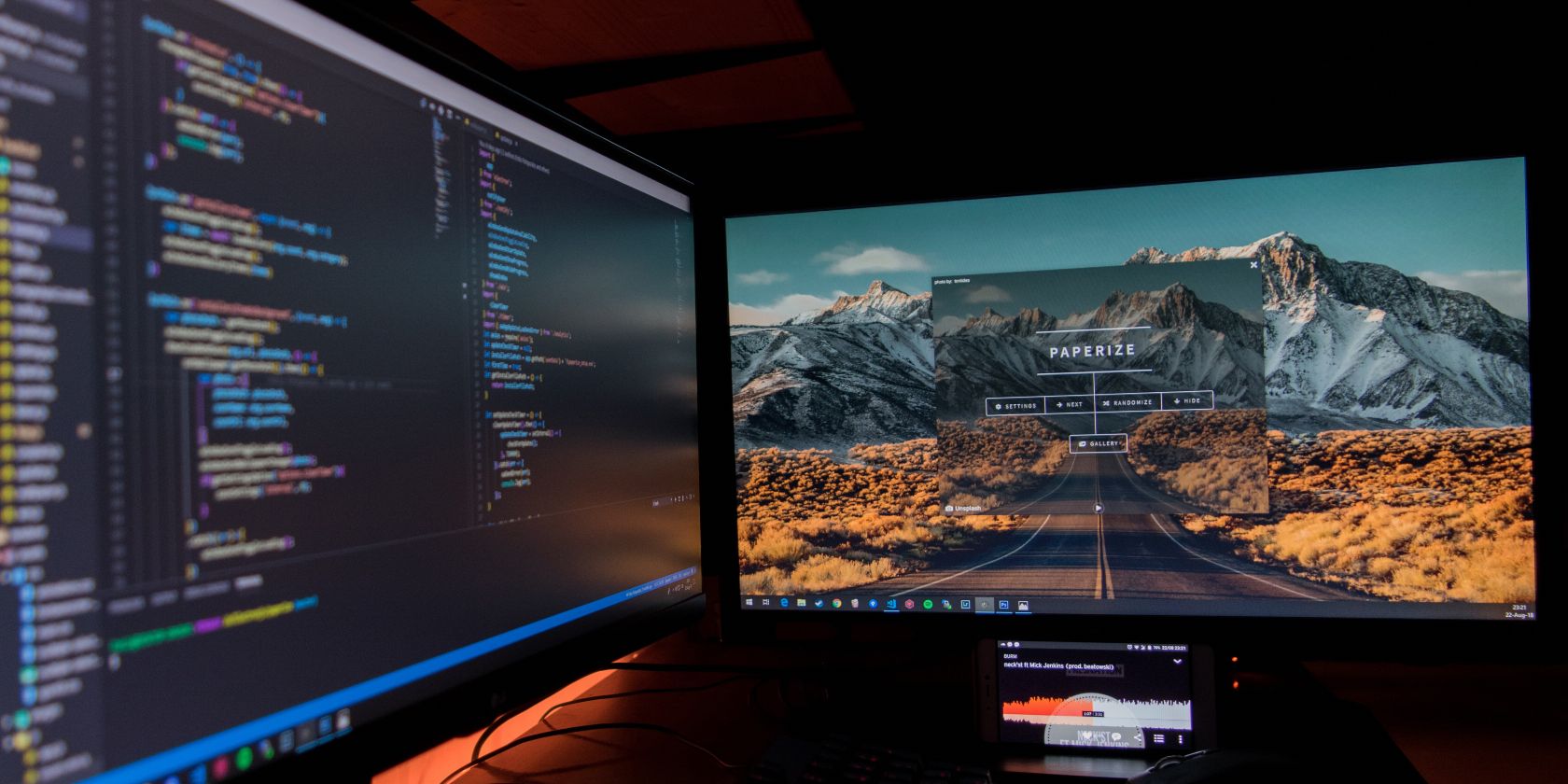The need for digital transformation and constraints that come from various apps and infrastructures has led to technological advancements. Docker and virtual machines (VMs) are two that have helped them achieve better results.
Despite getting to pick one or the other, some users might find that Docker works better for them than VMs.
In this article, you'll discover four reasons why you should use Docker containers instead of a VM.
What Is Docker?
Docker is a popular virtualization software that helps users in their quests to develop, deploy, monitor, and run applications in a Docker container.
A container is a lightweight, easy-to-use, stand-alone software package containing different libraries, configuration files, and various dependencies, which might be required to operate application(s).
In other words, containers provide applications a conducive environment throughout their software development life cycle to run in the same manner as they would on any given machine. Containers are usually isolated; they provide extensive security and allow multiple containers to run simultaneously on a single host machine.
Additionally, containers are lightweight. They don’t need an extra load of a hypervisor, as is the case with a VM. A hypervisor is a guest operating system like VirtualBox or VMWare, which has a dependency on the host. Instead, a container has everything in its package. It also often runs on the host’s machine kernel.
What Is a Virtual Machine?
A virtual machine works on a simple, straightforward concept. These are typically isolated from the rest of the system so that the software inside the VM can’t tamper with the main operating system (OS). This is why virus-infected application testing, and other risky elements, are constrained to the confines of virtual machines only.
Often regarded as a host, VM software works as a guest within computing environments. You can run apps, programs, beta releases, and operating system backups without having to worry about their impact on the rest of the system’s programs.
A virtual machine consists of a log file, virtual disk, NVRAM setting, and a configuration file. A physical server splits into different unique servers within this process, which allows each server to run its OS independently. This, in turn, means that each VM gets its own individual virtual hardware.
Comparing Docker With a Virtual Machine
When picking between Docker and a virtual machine, it's important to compare both of them directly. Both of them have unique strengths and weaknesses.
So, how do they perform in different areas? Let's take a closer look.
1. OS Support and Architecture
Each virtual machine has a host OS and a guest OS. A guest OS can be any system, including Linux, Windows, and many more.
In contrast, containers are limited to their OS support. They contain a single physical server with its native host OS, shared amongst the different applications. By sharing the server between containers, a developer can make sure that these continue to remain lightweight and function smoothly, while also having a limited boot time.
Additionally, Docker containers are suitable for running multiple applications on a single OS kernel. On the other hand, a VM is your best bet if applications and services run different operating systems at any given time.
Winner: Docker. This is especially the case if you are looking for a lightweight console, which can run multiple applications simultaneously.
2. Security
A VM is pretty adept at standing alone with its kernel and going strong with its security features. This means that applications need more privileges and security runs on such machines.
On the flip side, Docker shares the host kernel, which means it is not advisable to provide root access to applications to run them with administrative premises. Containers have access to kernel subsystems; as a result, one infected application can hack the entire host system.
Winner: Virtual machine, as it runs everything in isolation, which has no impact on the main OS.
3. Portability
Right from the beginning, the scales for portability tend to tip in favor of Docker containers. Containers are self-contained packages, which means they have no dependability on any guest OS or a specific platform.
They can be easily deployed, as they are lightweight and can be stopped in the blink of an eye. This proves to be an ideal solution if you want to test your application on multiple platforms.
A VM, on the the other hand, is not as friendly as its counterpart, especially when one questions their portability status. They are difficult to port across multiple platforms without risking compatibility issues. A VM should not be used to test out an application on different platforms either.
Winner: Docker, given the fact they are portable and can be deployed at almost any location.
4. Performance
Performance is yet another feather in Docker’s cap. Containers, as a result of their architecture, are less resource-intensive. Scaling up, duplicating containers, and improving performance is an easy task with Docker because they have everything encompassed within one platform.
Simply put, the lack of an operating system makes them quick and a better performer in times of hard lugging.
A virtual machine, on the other hand, churns resources like CPU, memory, and I/O, without which it will cease to work as scheduled. A VM is a heavy, resource-dependent entity, as it needs to load the entire OS before it can start any processing jobs.
Winner: Dockers, with their level of par excellence and high-quality performance.
Now You Know Why You Should Choose Docker Over a Virtual Machine
Docker holds a lot of advantages over using VMs and is the preferred choice out of the two for many companies and organizations. Using Docker is both useful when working remotely and offers high levels of efficiency.
While the former can’t replace the latter anytime soon, VMs continue to be heavy machines. As such, they can be a little difficult to configure on the go. Depending on the situation at hand, making the right choice can take away hours of pre-processing and installation time off your hands.




